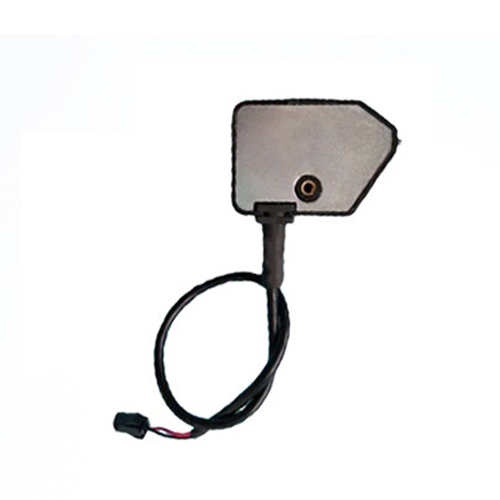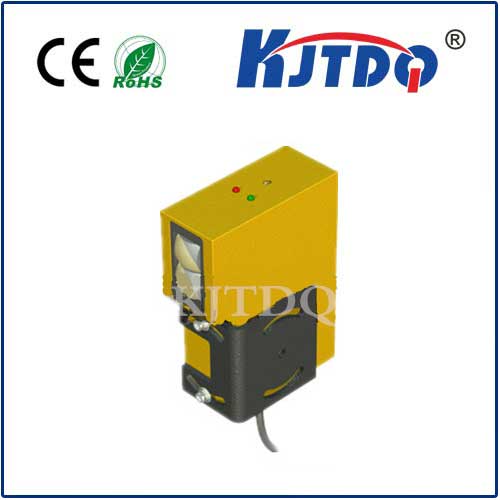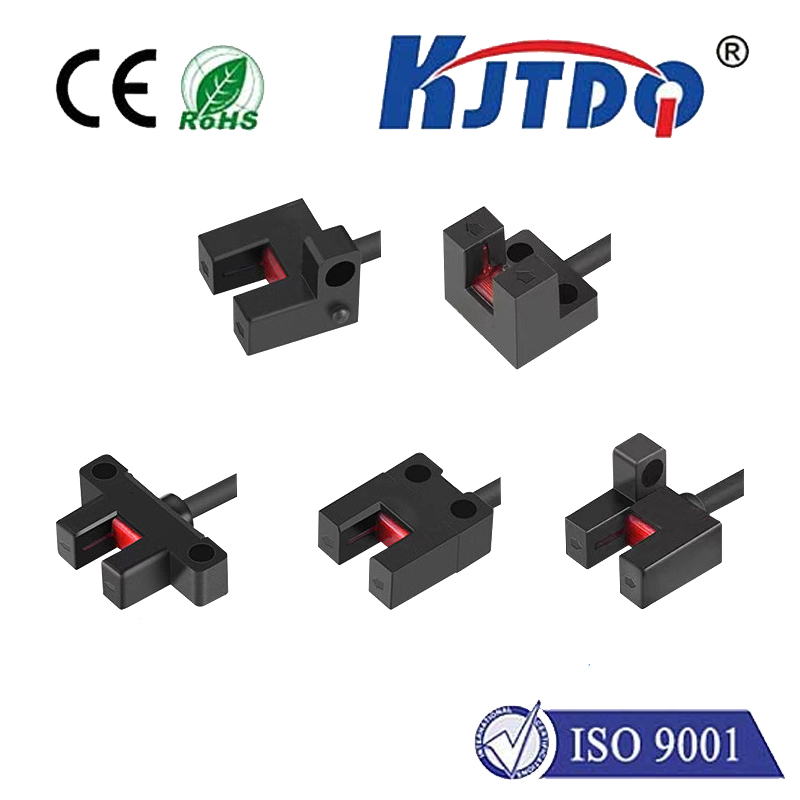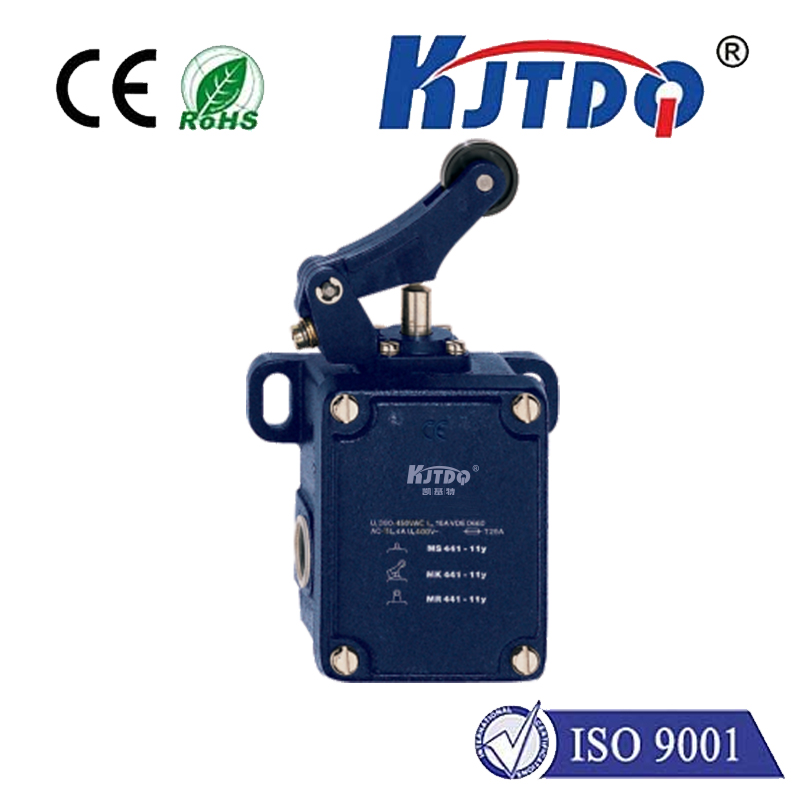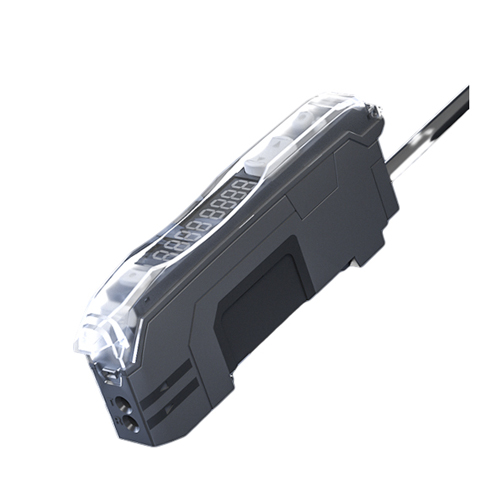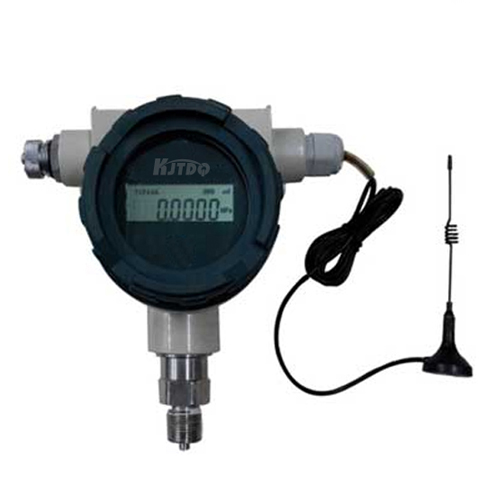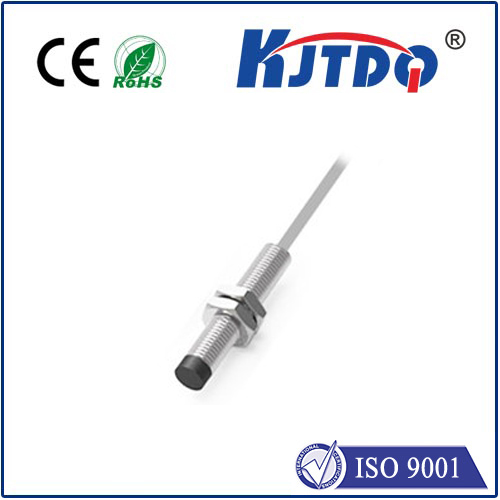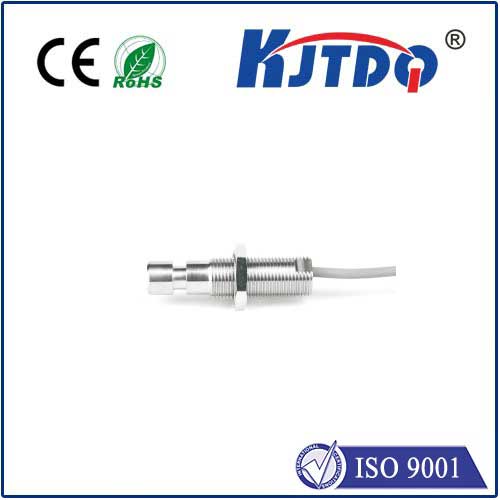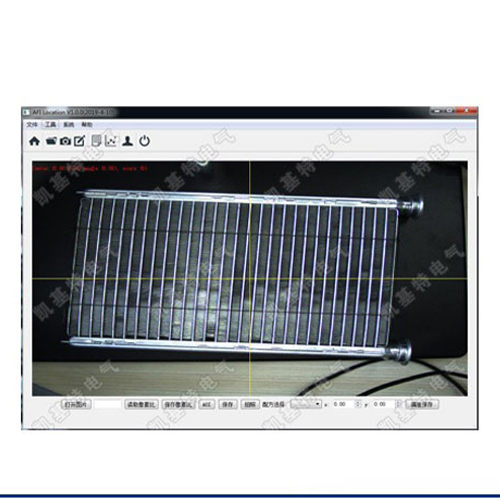
Проверка

Проверка

Проверка

Проверка

Проверка

Проверка
Imagine a busy production line where boxes of slightly varying shades and sizes zip along a conveyor. A sensor must consistently detect each box, ignoring the conveyor belt itself, adjacent machinery, or products passing on a different lane. Inconsistent detection means jams, downtime, and lost revenue. This is where traditional photoelectric sensors often stumble, but background suppression (BGS) sensors, specifically the E3Z-LL66, excel. This sophisticated device delivers pinpoint accuracy in distinguishing targets from their surroundings, making it a cornerstone technology in demanding automation environments.
The Challenge: Telling Target from Background
Standard photoelectric sensors primarily detect the presence or absence of light. Diffuse reflective sensors, common for object detection, bounce light off the target. However, their signal strength depends heavily on the target’s reflectivity (brightness) and distance. A dark target close to the sensor might reflect the same amount of light as a highly reflective (bright) object farther away or, crucially, as the background behind the target. This inherent ambiguity leads to false triggers or missed detections when the sensor confuses the background for the target, or vice versa. Think of trying to detect a black box on a dark conveyor – a diffuse sensor often struggles mightily.
The Solution: Precision Through Background Suppression (BGS)

Background Suppression sensors, like the E3Z-LL66, tackle this problem head-on. They employ a sophisticated triangulation principle. Unlike standard diffuse sensors with a single light path, BGS sensors have both a transmitter (emitter) and a receiver positioned at a specific angle. The light beam emitted hits the target, and the reflected light returns to the receiver. Crucially, the sensor’s internal circuitry doesn’t just measure the amount of reflected light; it precisely calculates the angle at which the light returns. This angle is directly correlated to the distance of the target.
Why the E3Z-LL66 Stands Out
The Omron E3Z-LL66 embodies the advantages of advanced BGS technology, offering distinct features for robust industrial performance:
Where the E3Z-LL66 Excels: Real-World Applications
The unique capabilities of background suppression make the E3Z-LL66 indispensable across numerous industries:
Choosing the Right Tool for the Job
While powerful, BGS sensors like the E3Z-LL66 are not universal replacements. Diffuse sensors remain simpler and cost-effective for non-challenging, high-contrast applications. Retro-reflective sensors excel over longer distances where a reflector can be used. Through-beam sensors offer the highest immunity and longest range but require separate emitter and receiver.
The E3Z-LL66 background suppression sensor shines brightest when the critical challenge is reliably distinguishing the target object from the background environment, especially when target reflectivity varies or when low-contrast detection is paramount. Its ability to focus on object proximity, leveraging sophisticated triangulation to filter out irrelevant background information, provides a significant leap in reliability for countless automation tasks facing this specific challenge.
